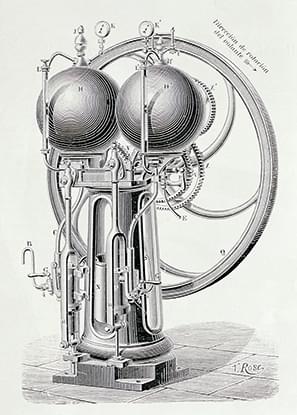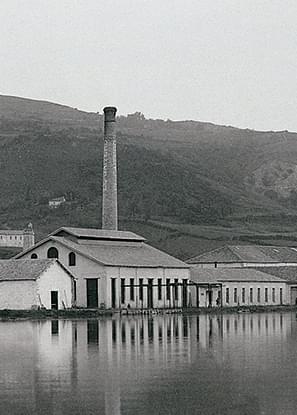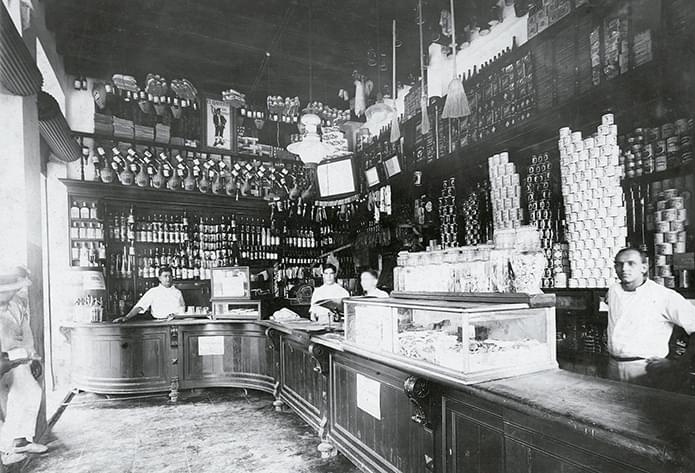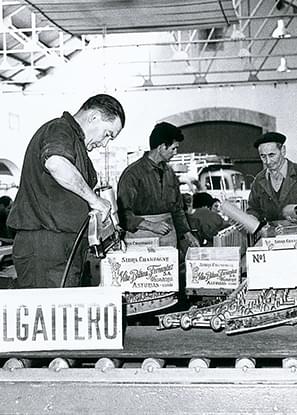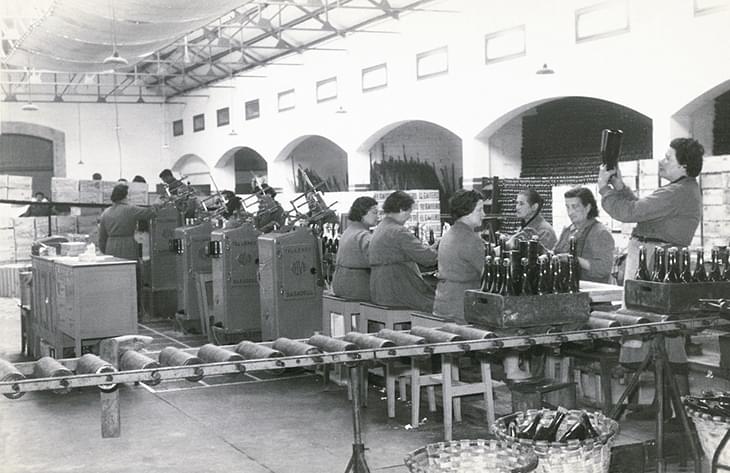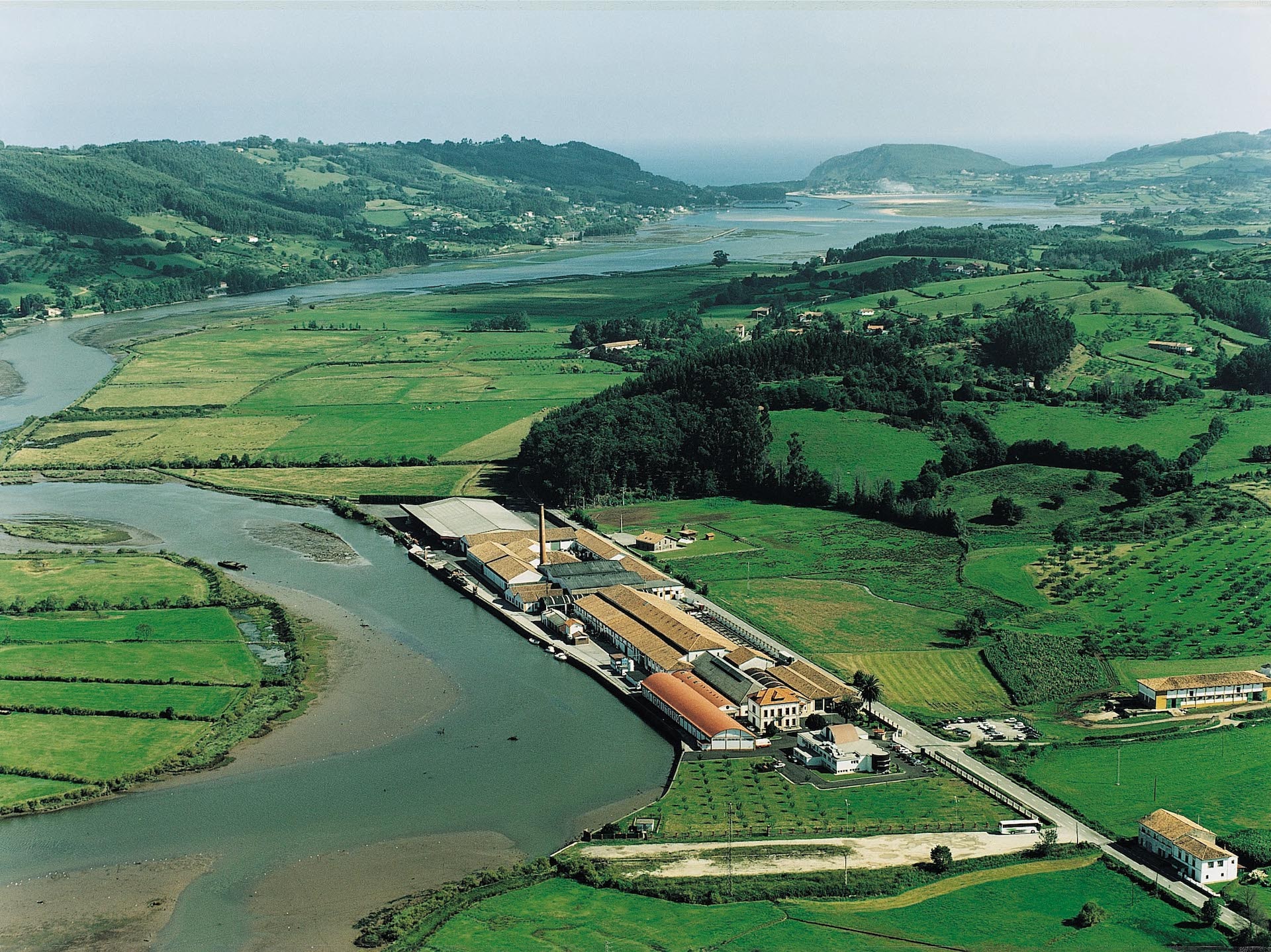Longing for progress
Looking to America
The beginnings and development of El Gaitero cider and Villaviciosa’s cider industry came about as a result of two basic social ‘ingredients’: the granting of authorisation for sea trade in the Port of Gijón in the 18th century, thereby enabling it to set its sights on the New World in America; and the waves of emigrants that set sail for America in the 19th century in search of prosperity and a better future.
A further factor was the quest for progress of an enlightened and enterprising generation of Asturians committed to the creation of apple orchards and the industrialisation of area as a driving force for the region’s economy. And their efforts certainly paid off: the cider-drinking tradition made its way across the Atlantic together with those emigrants on their venture to ‘conquer’ the Americas.



